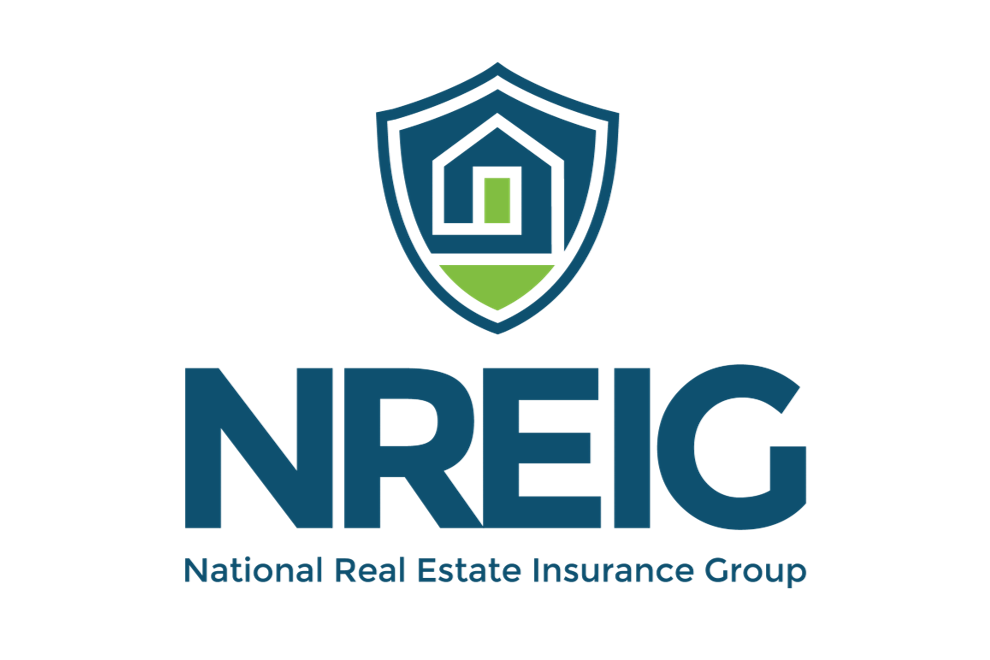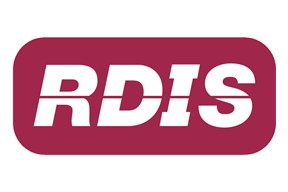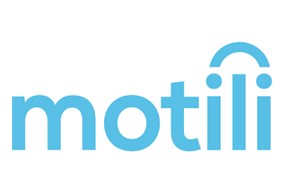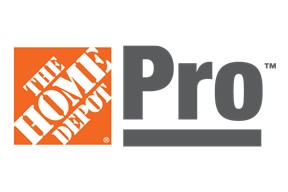When you condense your timeline, you eliminate excuses and see real progress, faster.
According to the book “The 12 Week Year” by Brian P. Moran and Michael Lennington, having yearly goals doesn’t work because a year is too long to focus on.
We tell ourselves stories during the year as well. During the first half of the year, we tell ourselves we have time. Then, in the middle of the year, we realize we didn’t get much done toward our goals and we start to think about how we can make more progress.
It is not until the last 12 weeks of the year, when the company we work for measures our progress or we see that January 1 is approaching (and we realize we are running out of time!), that the real results happen.
What if we could get that kind of productivity all year long?
That is what “The 12 Week Year” is all about—and we have been practicing its principles in 2025 with favorable results.
Setting and Measuring 12-Week Goals
To achieve success, you must decide on the two to three areas you are going to work on for 12 weeks. These areas can be business, personal, family, spiritual, community, or financial—whatever part of your life you want to improve.
Set each goal by identifying the outcome you want. Then choose the daily activities or tactics you will track each week that support those goals and outcomes.
For example, one of our weekly goals is to have one new investor communicate an interest in working with us to help them build their real estate portfolio in Michigan. The daily tactics we track for that goal include the following.
First, we work on publishing one weekly article of 1,000 words or more on our website. The article is hyperlocal on a topic related to real estate investing or real estate in the area. This, by far, is the number one way we attract clients to work with us. They find us through Google and AI-related searches on real estate topics in the Ann Arbor, Michigan, area, which allows us to explain we service all property types in Michigan.
Second, we strive to post one market report a day for a different local community on our social media channels, Google business profile for our company Arbor Advising, and on Facebook groups for that community. These community market reports get very high engagement. They provide hyperlocal value on the real estate market and reinforce the ongoing value our brand provides locally.
Third, we comment on a YouTube video from a trusted real estate source that mentions Arbor Advising and how we educate our clients on creating financial freedom by building real estate portfolios—especially through still relatively affordable opportunities in Michigan. Then, we share that YouTube video on our social media channels.
After setting your goals and establishing weekly activities, be sure to track whether you or a team member accomplished each daily tactic for the week.
Then, at the end of the week, review how you did for the week. The goal is to achieve 90% completion of all your daily tactics, knowing some weeks will be better than others. You can graph your percentage completion for each of the 12 weeks so you can visually see your progress and pick up the pace if you see the completion percentages slipping.
You also want to measure whether you are achieving the weekly goal you set for yourself. As mentioned, our goal has been to onboard one new client each week through our marketing and value-added efforts—and we’ve consistently achieved that in nearly every week we’ve tracked our daily tactics and outcomes. In short, designing for success in this way works.
The Value of Four 12-Week Periods
The basic idea of “The 12 Week Year” method is focused time compression.
You are focused on your daily tactics and their consistent completion every week. Then, at the end of each week, you can determine whether you achieved the measurable result you desired.
During the week, you should also block time for strategic planning. Be sure to add buffer blocks for responding to emails and other tasks that must be done but may not be directly related to your daily tactics.
Abandon daily tactics that are not leading to measurable weekly outcomes. You can also add new daily habits before the end of the 12-week cycle. Regardless of whether you make ongoing adjustments, at the end of the 12-week cycle, you will review performance and outcomes and adjust at that time.
So, every 12 weeks, you not only measure progress toward your stated goals but also adjust the plan to improve performance. By the end of the year, you willl have completed 52 weekly check-ins and four 12-week reviews—and potentially made several adjustments. This ongoing process ensures progress toward your goals—more so than setting yearly goals and waiting until the end of the year to really knuckle down.

Why It Works
Yearly goals generally do not work for most people, teams, or companies because the time period is too long and there is not a good systematic way to track daily behaviors, measure progress, and make course corrections.
Only during the last 12 weeks of the year, when we know our yearly progress will be measured, do we really focus and attempt the goals we set for the year.
Setting daily behavior tactics—tracked every day and reviewed weekly—helps you stay aligned with your 12-week goals. This approach gives you clear feedback on whether you’re consistently following through and achieving your desired weekly outcomes.
At the end of each 12-week cycle or sooner, you review the results and decide which daily tactics to keep or new ones to add for the next 12-week cycle.
In this way, you are measuring and adjusting to your goals weekly and every 12 weeks. By the end of the year, you will be much closer to your goals and have data to use for your yearly planning for the next year.
To Your Success!
























0 Comments